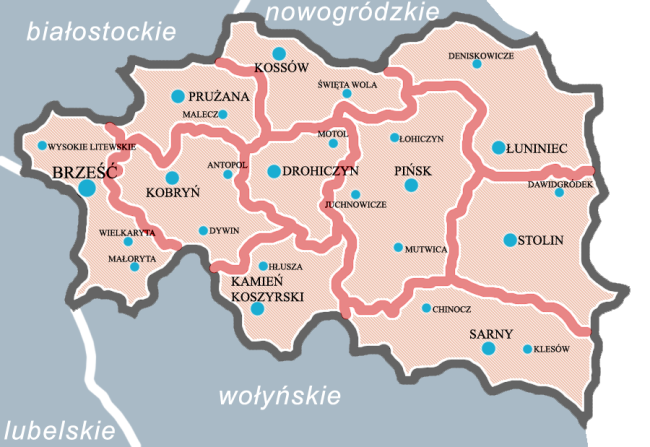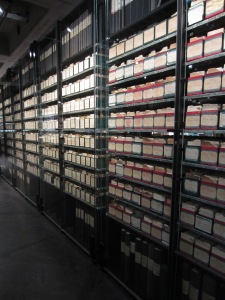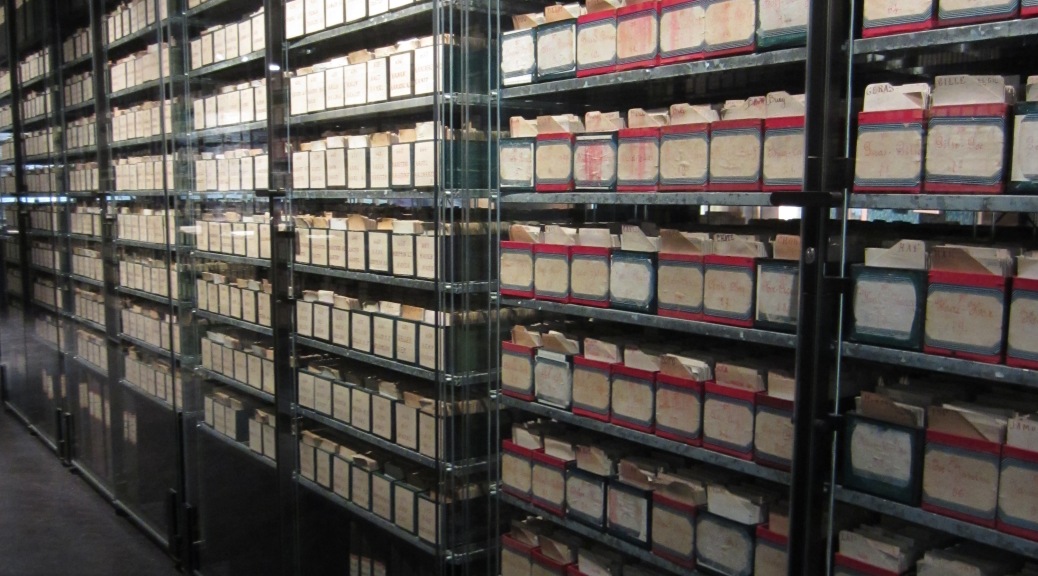Mieczyslaw Brojek was born in the small village of Gaska near Lublin in Poland on the 15 August 1923. However most of the official documents state his D.O.B. as 1921 – this is because he had lied about his age so that he was able to join the Army.
One of four children, Mieczyslaw was the second youngest child of Wladyslaw Brojek and Scholastyka Brojek. His spent his early childhood with his two older brothers Stanislaw and Henryk and his younger sister Julka.

Administrative map of the Voivodeship (19 February 1921 – 1939) via I, Graffer.
The family moved to the Drohiczyn Polewski (a small village lying between Brest and Pinsk) Where Wladyslaw had his own small Butchers Shop. Their house was typical of the area, being of wooden construction, with an earthen floor and straw covered with calico to serve as a mattress. I’m guessing the house looked something like this one in Suchowola. I remember my dad telling me how when he first visited Poland he immediately recognised these wooden slatted houses which Gramps had described to him. I remember Gramps telling me about the big wooden barrels of gherkins outside the house, this sounded amazing to me, afterall gherkins were one of my favourite food types when visiting Nan and Gramps!
The Brojek children only went to school during the winter months as they were expected to work on their Uncle’s farm during the summer. So of course they did not have much of an education, but this was standard practice in the rural communities of Poland at the time.
It was whilst the family were living in Drohiczyn that Mieczyslaw was arrested and taken away by the Russian soldiers.




